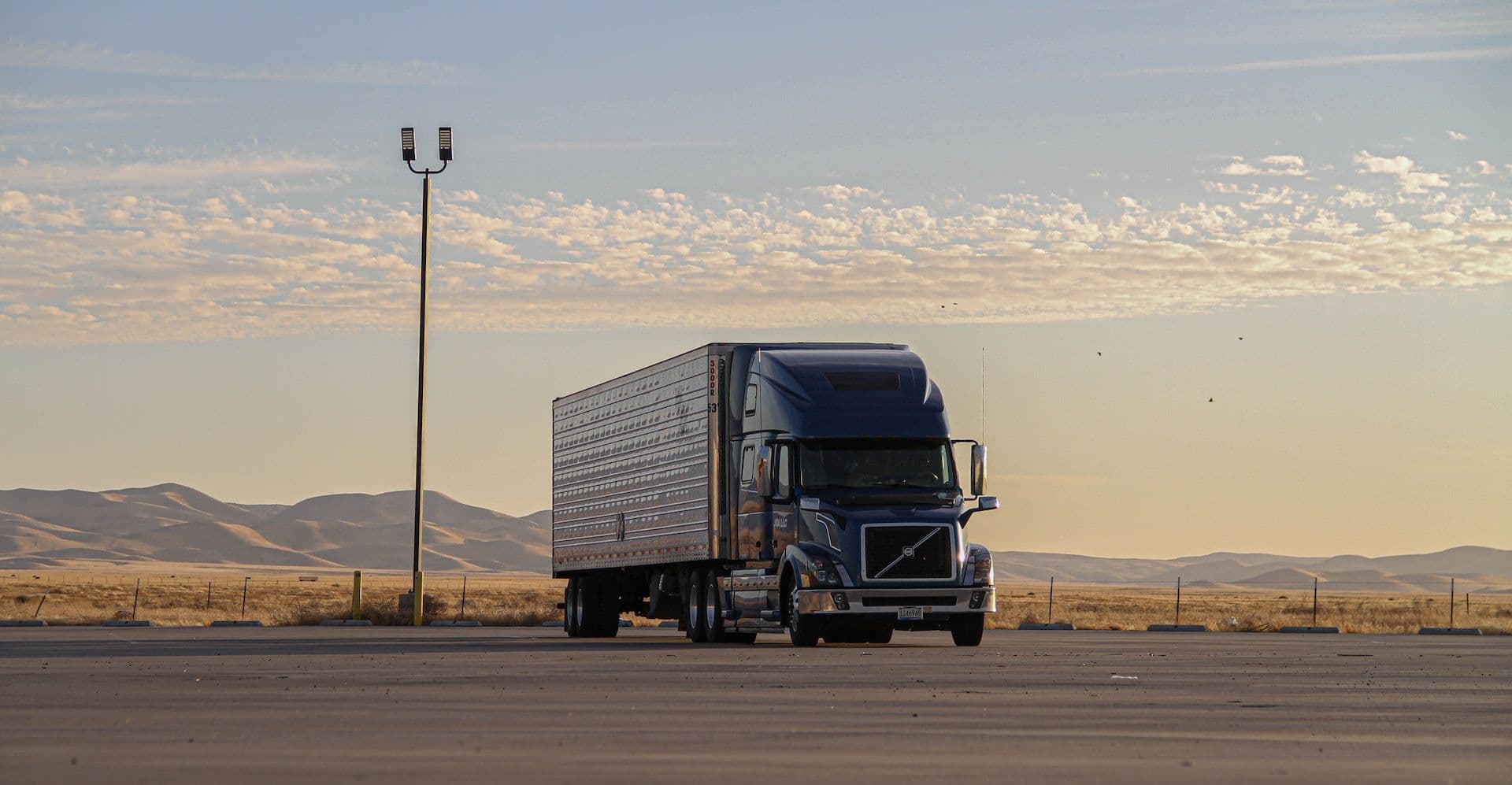Mastering High-Volume Trade: How Laredo, Texas, Leads as the No. 1 US Port of Entry
Celebrating 25 Years of Excellence
Celebrating its 25th anniversary, the World Trade Bridge in Laredo has long been a pivotal force in North America's trade landscape. Since opening, this bridge has dramatically boosted the efficiency and speed of cross-border commerce, ensuring that businesses operate seamlessly.
Kent Richard, interim bridge director for the City of Laredo, shared profound insights with Timothy Dooner about Laredo's logistics triumphs and future infrastructure ambitions. “The greatest contribution of the World Trade Bridge lies in streamlining the supply chain,” emphasized Richard. “We provide a dedicated commercial corridor that facilitates the movement of high-volume goods, raw materials, and just-in-time shipments.”
Strengthening North American Trade Networks
Over 25 years, the World Trade Bridge has fortified North America's production networks, especially in automotive, electronics, and perishable sectors. This integration ensures timely component deliveries and minimal business disruptions. Richard reassures, “Tariffs will affect everyone, not just Laredo, Texas,” indicating confidence in continued trade volume due to advanced infrastructure.
The ongoing expansion of the bridge crossing aims to enhance intermodal connectivity, accommodating higher traffic volumes. Despite changes in tariff policies, Richard remains optimistic: “In the long term, there will be demand for robust border infrastructure.”
Innovations in Cold Chain Logistics
A cornerstone of Port Laredo's innovation is its world-class refrigerated inspection facilities. “The fact that we enable the cold chain to remain unbroken from origin to destination is immensely important to North American trade,” Richard declared. These facilities are vital for industries like pharmaceuticals and fresh produce, ensuring compliance with safety regulations, extending product shelf life, and maintaining quality delivery across North America.
A Hub for Automotive Excellence
Port Laredo is essential in the North American automotive industry, facilitating swift cross-border transit of vehicles and parts. With an emphasis on infrastructure and just-in-time manufacturing, it ensures smooth automotive supply chains, reducing production downtimes and bolstering competitiveness.
Collaboration and Coordination
On average, 12,000 trailers cross Laredo's border daily, requiring impeccable coordination. Richard stresses: “We achieve coordination with three levels of government in both Mexico and the United States through continuous collaboration.” This partnership facilitates swift movement of vetted vehicles.
Looking Ahead: A Vision for the Future
As trade continues to grow, Laredo envisions itself as an indispensable global supply chain link. Ambitious expansion plans and a storied history in international commerce position the “Gateway to Mexico” to enhance U.S.-Mexico trade.
“In the next 25 years, I envision Port Laredo as the world’s most advanced and efficient port,” Richard predicted, highlighting planned investments in infrastructure, technology, and sustainability. “As trade evolves with innovations like electric and autonomous vehicles, Port Laredo will continue to adapt.”
For those interested in diving deeper, visit Port Laredo to learn more about its strategic initiatives and commitment to remaining North America's number one port.
The post How Laredo, Texas, manages high-volume trade as the No. 1 port of entry into the US appeared first on FreightWaves.

